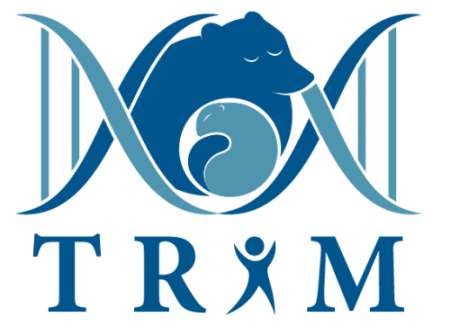This material is based in part upon work supported by NASA through the Alaska Space Grant Program (80NSSC20M0070).
Student Project Leader: Nick Clark
Arctic ground squirrels (AGS) undergo extreme metabolic suppression, known as torpor, during hibernation, maintaining up to a sub-0°C core body temperature for eight months without food or water. Interestingly, AGS intermittently arouse from hibernation torpor for less than 24 hours, warming and becoming aware before re-entering torpor. Despite extensive research on AGS physiology, the neural mechanisms governing transitions between hibernation torpor, intermittent arousals, and normothermia remain largely unknown. This study aims to characterize these state transitions by continuously monitoring AGS throughout the hibernation season using a custom-built data collection cage. By integrating data from thermal and near-infrared video, and physiological wireless telemetry, we will train a machine learning model to accurately predict steady and transitional states in real time. Upon detecting a state transition, we will collect whole brains and use immunofluorescent labeling of cFos, a biomarker of neuron firing, to map neuronal activity patterns associated with state changes. This work will provide insight into the neural circuitry underlying metabolic state regulation, with potential applications in medicine, spaceflight, and metabolic disorder research.
Nick is co-advised by Drs. Kelly Drew and Neeraj Lal.

